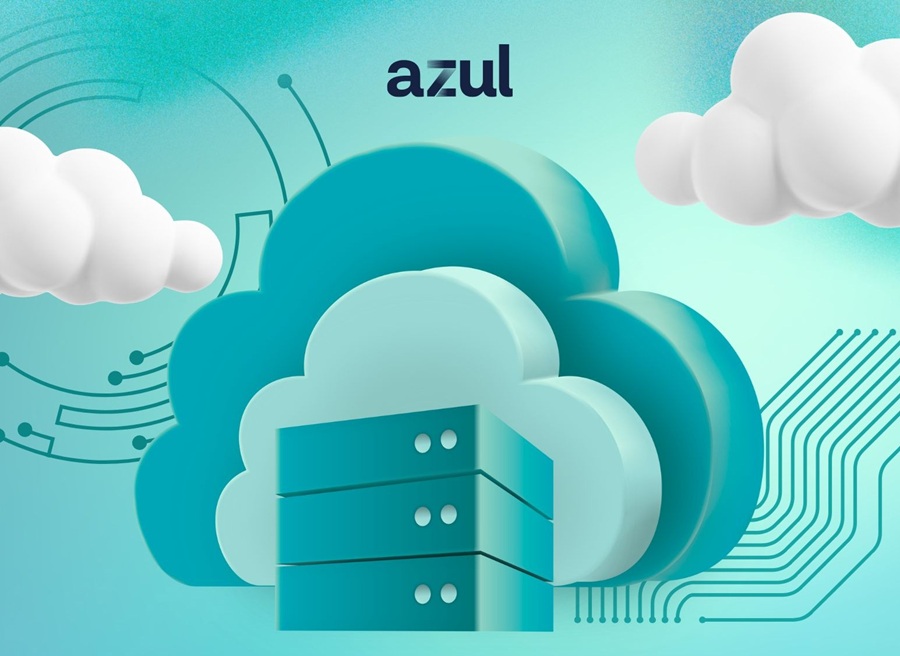OpsMill announced the enterprise version of its Infrahub platform.
Infrahub Enterprise delivers SLA-backed support, advanced integrations, and enhanced performance to enable customers to gain the benefits of mature infrastructure automation with greater velocity and quality assurance.
With Infrahub Enterprise, IT and networking teams can easily turn any infrastructure into consumable, automated services that deliver greater business agility, efficiency, and security.
In addition, OpsMill has also released the 1.0 version of Infrahub Open Source, a powerful and transparent infrastructure automation platform that serves as the foundation for Infrahub Enterprise.
“An open-source approach has always been at the bedrock of OpsMill’s technology. But Infrahub was designed from the beginning to solve enterprise-class infrastructure automation challenges. Furthermore, most organizations require comprehensive support and other advanced features to enable them to deploy innovative software at scale and effectively change the way they’re managing hybrid infrastructure,” said Damien Garros, CEO and co-Founder, OpsMill. “We’ve introduced Infrahub Enterprise to meet the needs of those customers, while also releasing Infrahub Open Source 1.0 to continue enhancing our solution for organizations that prefer to integrate technology on their own.”
“Enterprises have faced long-standing challenges when trying to automate their infrastructure due to the long tail of legacy technology and the spread of systems across multiple clouds, private cloud data centers, and on-premises office, manufacturing, and retail infrastructure,” said Jim Frey, principal analyst of networking at Enterprise Strategy Group. “OpsMill has created a DevOps approach to infrastructure that seeks to solve root causes of automation blockers. Addressing a full cycle of automation from design through deployment is ambitious, but ambitious solutions are needed to bring the state of the art forward.”
Infrahub Enterprise enables repeatable and scalable automation across an entire organization. The platform empowers IT and network teams to turn hybrid infrastructure into consumable services by unifying infrastructure data from siloes, unlocking service definitions from static documents and diagrams, and freeing data models from the constraints of vendor-locked schemas.
Infrahub Enterprise offers:
- Advanced role-based access controls (RBAC) integrations
- High-performance Neo4j Enterprise database
- SLA-backed support
- Hardened production-ready releases
“Enterprises are desperate for an easier way to automate their hybrid infrastructure so they can reap the business benefits they get from cloud automation, like increased velocity, efficiency, reliability, and security. But most know they can’t do it themselves. They simply don’t have the resources to own all of the software development and maintenance required for full infrastructure automation,” said Raphael Maunier, COO and co-Founder, OpsMill. “Infrahub Enterprise makes it possible for these organizations to implement groundbreaking infrastructure automation without having to manage a bleeding edge technology implementation on their own.”
By delivering hybrid infrastructure automation as a consumable service, Infrahub Enterprise supports diverse use cases across a variety of industries. These use cases include:
- Hybrid and Multi-Cloud Platform Engineering: More enterprises are building or repatriating infrastructure to on-premises data centers due to cost, data sensitivity, and regulatory requirements. Furthermore, many applications function on a hybrid cloud basis, with heavy dependencies on both on-premises and cloud-based infrastructure. With Infrahub Enterprise, platform engineering teams can now create infrastructure automation self-service catalogs that allow developers and operational teams to spin up end-to-end infrastructure that includes cloud resources, cloud interconnect, and on-premises networking, security policies, and servers.
- AI GPU Data Centers: Financial institutions and other enterprises are building large-scale GPU data centers to develop their own AI and ML models. Traditional network inventory software isn’t flexible enough to model Infiniband and AI-specific infrastructure. Infrahub Enterprise uniquely possesses the service creation, data management, versioning, and CI capabilities to automate such large-scale infrastructures as a set of service offerings, allowing enterprise IT leaders to maximize return on investment in AI data center infrastructure.
- Retail Location Infrastructure-as-a-Service: Retail stores’ IT infrastructure needs have grown steadily, increasing the complexity of deployment. When businesses expand and build new stores, or revise infrastructure to meet the demands of digital transformation initiatives, the only way to keep pace with the business is to apply repeatable automation processes. Using Infrahub Enterprise, retailers can create retail infrastructure service automation catalogs to roll out or upgrade stores, even accommodating different store sizes, regions, and other variables.
OpsMill’s new open-source version of Infrahub provides a flexible option for organizations looking to get started with infrastructure automation via testing and experimentation. Infrahub Open Source delivers all the features included in the beta version of Infrahub announced last May, while introducing single sign-on (SSO) and basic RBAC integrations.
Infrahub Enterprise and Infrahub Open Source 1.0 are available now.
The Latest
Overall outage frequency and the general level of reported severity continue to decline, according to the Outage Analysis 2025 from Uptime Institute. However, cyber security incidents are on the rise and often have severe, lasting impacts ...
In March, New Relic published the State of Observability for Media and Entertainment Report to share insights, data, and analysis into the adoption and business value of observability across the media and entertainment industry. Here are six key takeaways from the report ...
Regardless of their scale, business decisions often take time, effort, and a lot of back-and-forth discussion to reach any sort of actionable conclusion ... Any means of streamlining this process and getting from complex problems to optimal solutions more efficiently and reliably is key. How can organizations optimize their decision-making to save time and reduce excess effort from those involved? ...
As enterprises accelerate their cloud adoption strategies, CIOs are routinely exceeding their cloud budgets — a concern that's about to face additional pressure from an unexpected direction: uncertainty over semiconductor tariffs. The CIO Cloud Trends Survey & Report from Azul reveals the extent continued cloud investment despite cost overruns, and how organizations are attempting to bring spending under control ...

According to Auvik's 2025 IT Trends Report, 60% of IT professionals feel at least moderately burned out on the job, with 43% stating that their workload is contributing to work stress. At the same time, many IT professionals are naming AI and machine learning as key areas they'd most like to upskill ...
Businesses that face downtime or outages risk financial and reputational damage, as well as reducing partner, shareholder, and customer trust. One of the major challenges that enterprises face is implementing a robust business continuity plan. What's the solution? The answer may lie in disaster recovery tactics such as truly immutable storage and regular disaster recovery testing ...
IT spending is expected to jump nearly 10% in 2025, and organizations are now facing pressure to manage costs without slowing down critical functions like observability. To meet the challenge, leaders are turning to smarter, more cost effective business strategies. Enter stage right: OpenTelemetry, the missing piece of the puzzle that is no longer just an option but rather a strategic advantage ...
Amidst the threat of cyberhacks and data breaches, companies install several security measures to keep their business safely afloat. These measures aim to protect businesses, employees, and crucial data. Yet, employees perceive them as burdensome. Frustrated with complex logins, slow access, and constant security checks, workers decide to completely bypass all security set-ups ...

In MEAN TIME TO INSIGHT Episode 13, Shamus McGillicuddy, VP of Research, Network Infrastructure and Operations, at EMA discusses hybrid multi-cloud networking strategy ...
In high-traffic environments, the sheer volume and unpredictable nature of network incidents can quickly overwhelm even the most skilled teams, hindering their ability to react swiftly and effectively, potentially impacting service availability and overall business performance. This is where closed-loop remediation comes into the picture: an IT management concept designed to address the escalating complexity of modern networks ...
